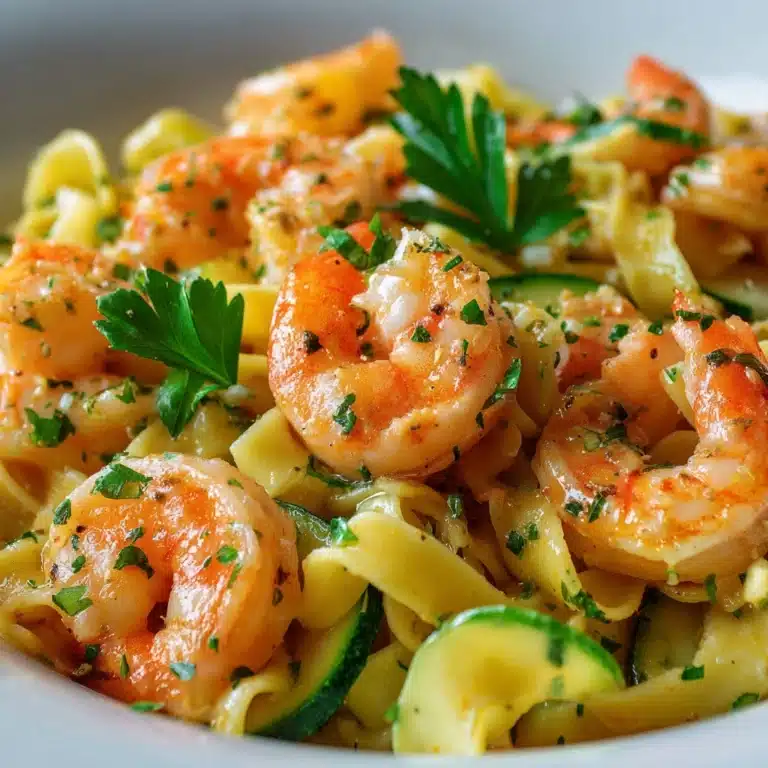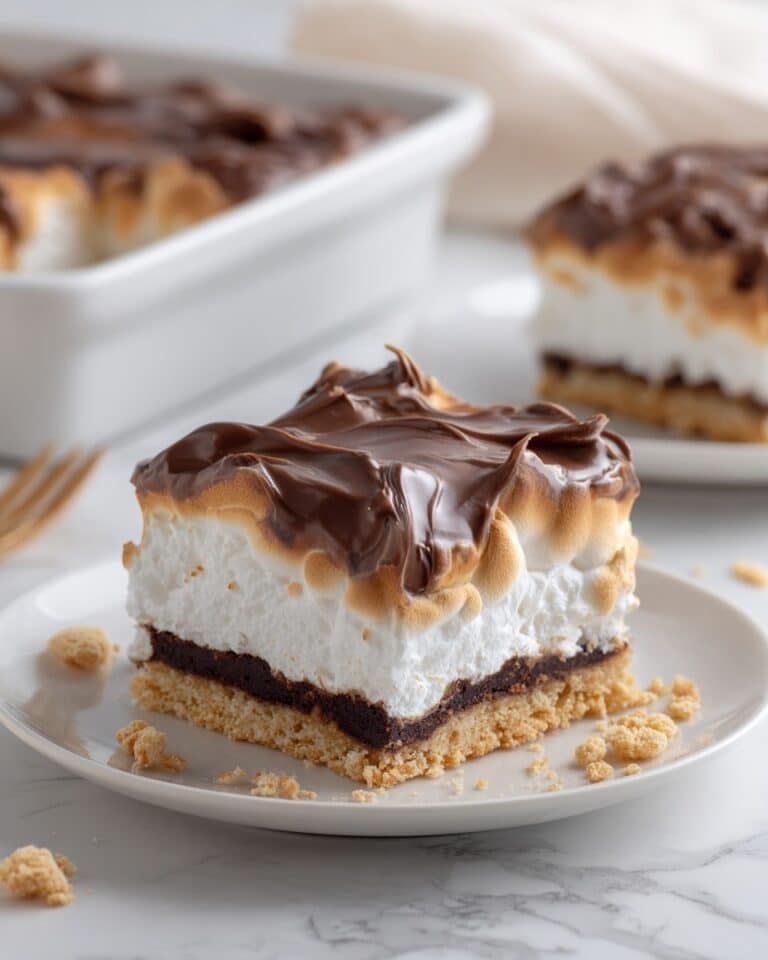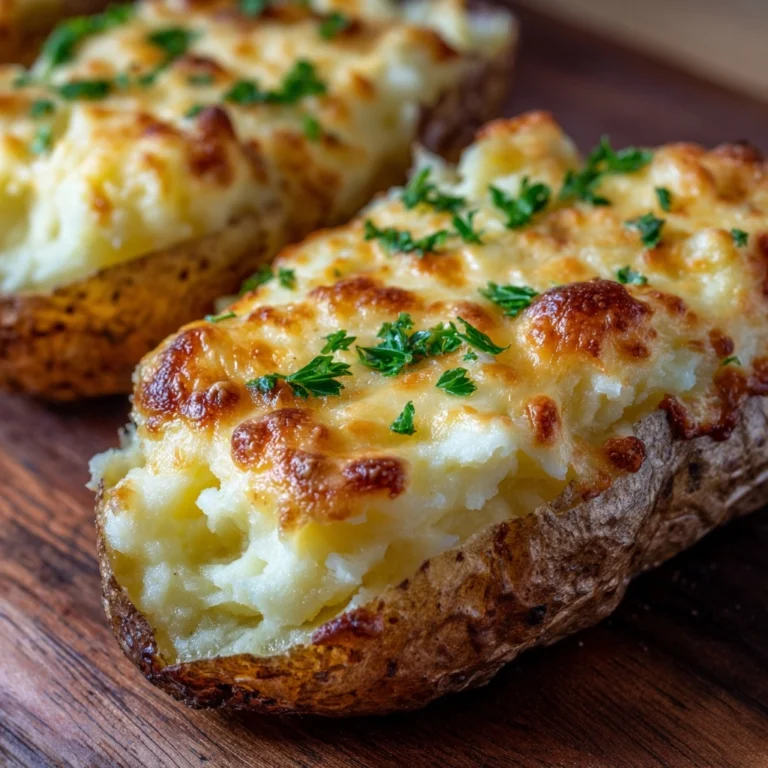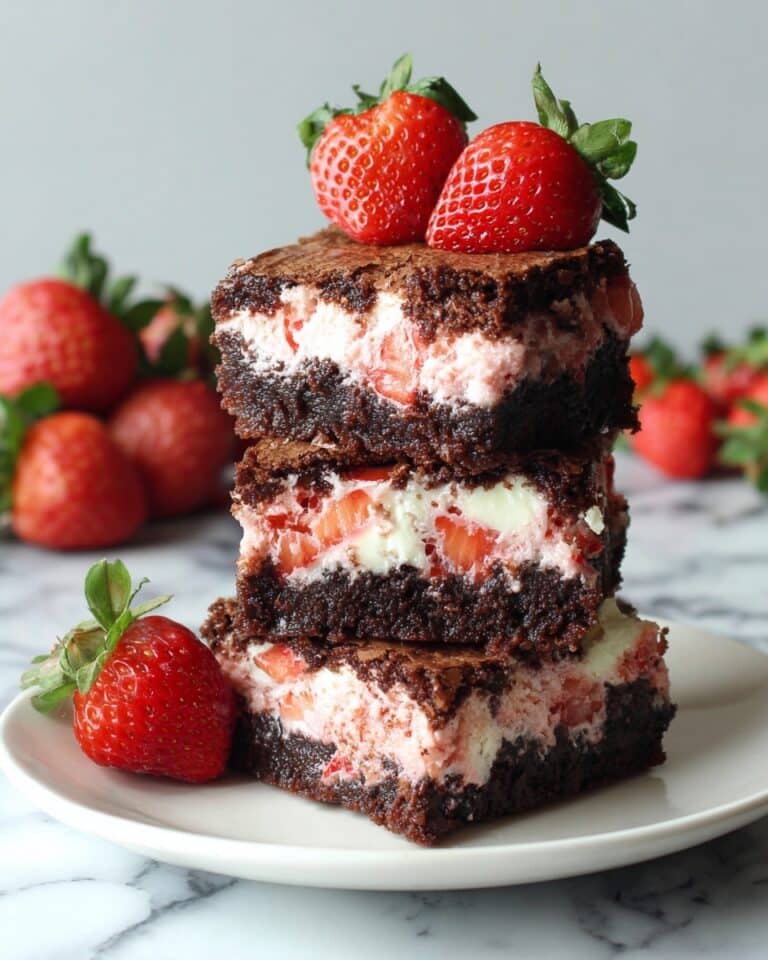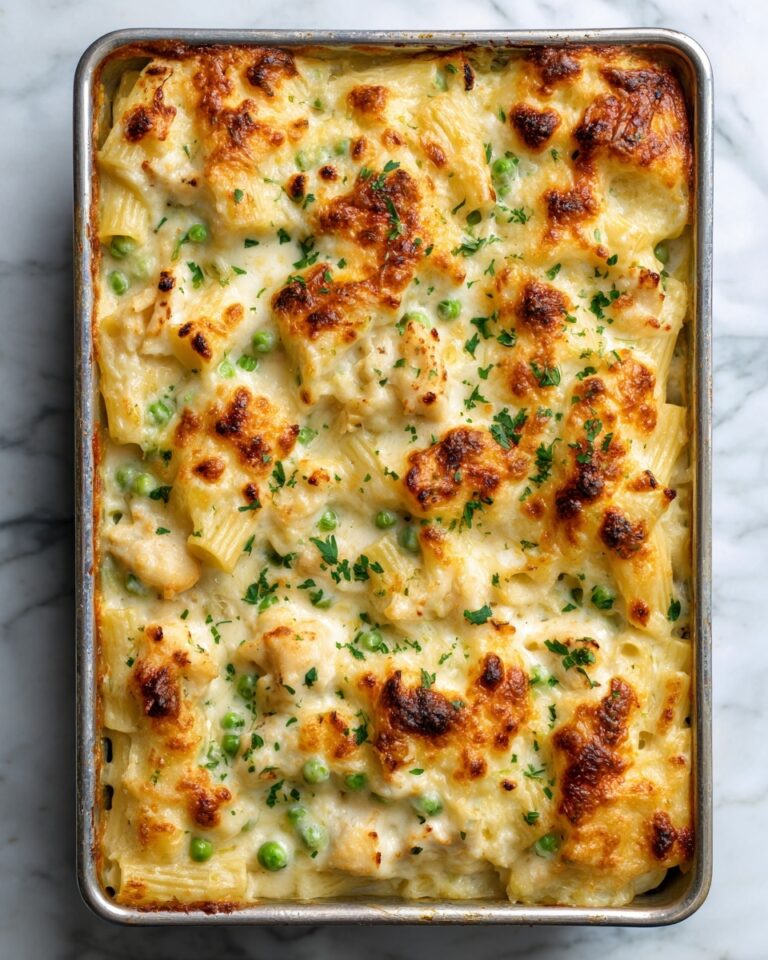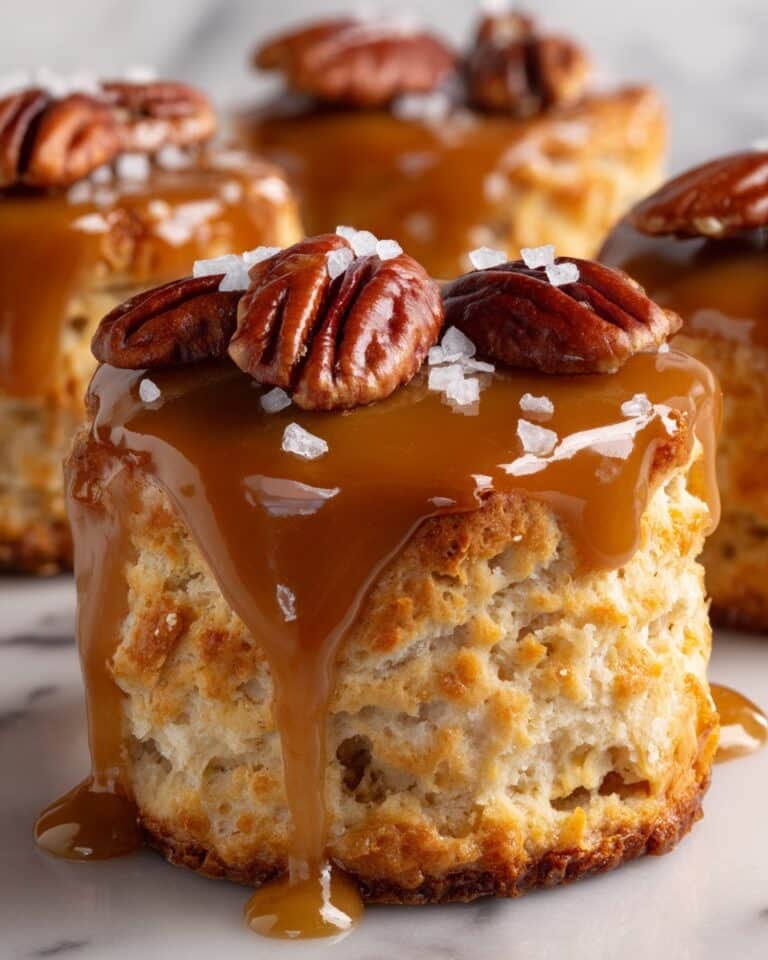Eggs Benedict Recipe
Eggs Benedict is the undeniable hero of any brunch table—rich, saucy, and dressed to impress! Each bite features a symphony of flavors and textures: creamy hollandaise, perfectly poached eggs, savory Canadian bacon, and toasty muffins. Whether you’re a seasoned brunch host or trying this classic for the first time, you’ll discover why Eggs Benedict is a beloved treat in kitchens everywhere.

Ingredients You’ll Need
What makes Eggs Benedict so irresistible is its reliance on good, honest ingredients. Each component adds something vital, whether it’s creamy, crunchy, bright, or savory. Here’s what you’ll need and why it matters:
- Eggs: Super fresh eggs yield the dreamiest poached yolks that run like golden lava over your muffin.
- English muffins: Toasted just right, they provide the foundation and a gentle crunch.
- Canadian bacon or ham: Salted and slightly smoky, this layer wakes up all the flavors under the eggs.
- Unsalted butter: Used in the sauce and for cooking, butter adds depth and creaminess to each bite.
- Fresh chives: Optional, but these add a pop of green and delicate onion flavor that compliments the rich sauce.
- Egg yolks (for hollandaise): The luxurious base of a true hollandaise, giving it its golden color and velvet texture.
- Fresh lemon juice: Packs brightness and tang into the sauce, balancing rich butter and eggs.
- Melted butter (for hollandaise): Creates that silkiness and shine which sets hollandaise apart.
- Cayenne pepper: Just a pinch adds subtle heat and complexity to the sauce.
- Salt: Enhances every ingredient, especially in the delicate hollandaise.
How to Make Eggs Benedict
Step 1: Prepare the Hollandaise Sauce
Start by making the hollandaise, as it’s the heart and soul of Eggs Benedict. Place your egg yolks and lemon juice in a heatproof bowl over gently simmering water (a makeshift double boiler). Whisk until the mixture thickens and nearly doubles in volume. Now, slowly add your melted butter, continuing to whisk constantly so the sauce stays smooth and luscious. When it’s thick and creamy, season with salt and a hint of cayenne. Keep it warm—hollandaise loves a gentle heat.
Step 2: Cook the Canadian Bacon or Ham
In a large skillet over medium heat, melt a bit of butter. Lay your Canadian bacon or ham slices in a single layer and cook for about 1 to 2 minutes per side. You’re looking for light browning and irresistible aroma. This step brings out the savory depth that makes this Eggs Benedict standout.
Step 3: Toast the English Muffins
While your bacon sizzles, split the English muffins and toast them until golden and crisp around the edges. This not only adds structure but prevents sogginess when you assemble everything later.
Step 4: Poach the Eggs Perfectly
Poaching is what transforms simple eggs into something magical for Eggs Benedict. Fill a saucepan with about three inches of water and let it come to a gentle simmer. (A splash of vinegar can help the whites set neatly, though it’s optional.) Crack each egg into a small bowl, then gently slip them into the water. Poach for 3 to 4 minutes until the whites are set but the yolks are still rich and runny. Use a slotted spoon to lift them out onto a paper towel.
Step 5: Assemble Your Eggs Benedict
It’s time to layer up! Start with the toasted muffin halves, add a slice of your sizzling Canadian bacon, then nestle a poached egg on top. Liberally spoon over your warm, glossy hollandaise sauce to finish. For a final flourish, sprinkle with fresh chives if you like. Serve right away while everything is steamy and delicious!
How to Serve Eggs Benedict
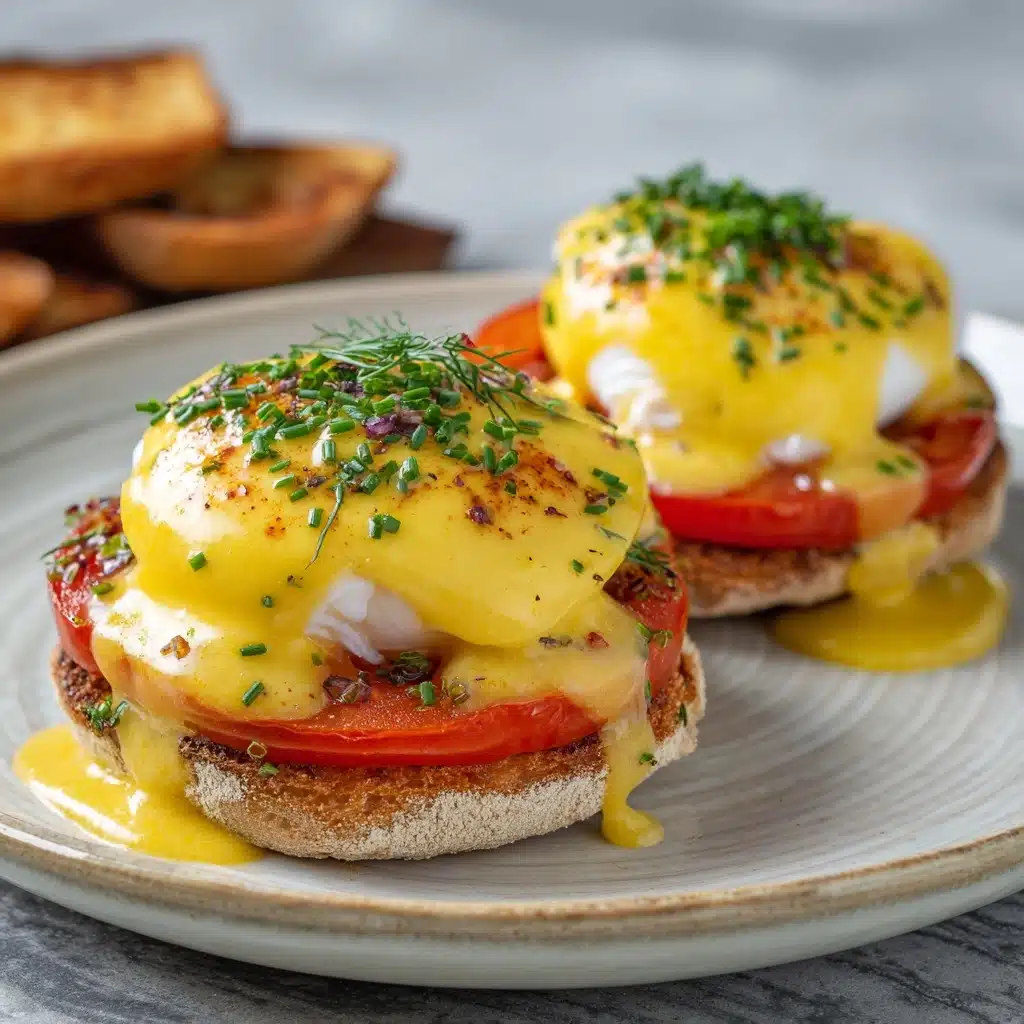
Garnishes
A classic Eggs Benedict looks even more inviting with a touch of color and garnish. A sprinkle of fresh, snipped chives or a dusting of paprika adds brightness and makes your brunch plate restaurant-worthy.
Side Dishes
Pairing your Eggs Benedict with crispy hash browns, a tangle of dressed greens, or a bowl of fresh fruit is always a win. The sides gently cut the richness and offer fun textures to your meal.
Creative Ways to Present
Go beyond tradition with stacked presentations, or serve miniature versions for brunch parties. You can also add a side of lightly sautéed spinach, or swap out Canadian bacon for smoked salmon for a spin on classic Eggs Benedict.
Make Ahead and Storage
Storing Leftovers
Assembled Eggs Benedict is best enjoyed fresh, but if you have leftovers, store poached eggs, cooked bacon, and toasted muffins separately in airtight containers in the refrigerator for up to 2 days. The hollandaise sauce should be used the same day for best quality.
Freezing
Freezing isn’t recommended for the finished dish, as hollandaise and poached eggs don’t survive freezing well. However, you can freeze toasted English muffins and cooked bacon or ham in advance for quick assembly.
Reheating
For best results, warm the Canadian bacon and muffins in the oven, and gently reheat poached eggs in hot (not boiling) water for 30 seconds. Hollandaise can be re-warmed over a double boiler, stirring and adding a splash of warm water if needed.
FAQs
What’s the secret to keeping hollandaise sauce from breaking?
The key is to whisk constantly and add your melted butter slowly. Keeping the sauce over gentle heat helps, and if it thickens too much, whisk in a teaspoon of warm water at a time until it’s glossy again.
Can I use regular ham instead of Canadian bacon?
Absolutely! While Canadian bacon is traditional, regular ham (even prosciutto or smoked salmon) makes a delicious Eggs Benedict variation that’s all your own.
How do I get perfectly shaped poached eggs?
Very fresh eggs help the whites set neatly. Pouring the egg into a small bowl before sliding gently into the simmering water can help control the shape, and a splash of vinegar encourages the whites to cling together.
What can I do if my hollandaise sauce gets too thick?
Don’t worry! Whisk in warm water a teaspoon at a time until it loosens up to your desired consistency. Always keep it over low heat while serving.
Is Eggs Benedict vegetarian?
It can be! Simply swap out the Canadian bacon for sautéed spinach (for “Eggs Florentine”), roasted mushrooms, or avocado for a vegetarian twist that’s every bit as satisfying.
Final Thoughts
If you’re ready to wow your friends or simply spoil yourself, Eggs Benedict is your ticket to brunch bliss. It’s a classic for good reason, and once you master it at home, there’s simply no going back. Give this recipe a try and savor every glorious, saucy bite!
Print
Eggs Benedict Recipe
- Total Time: 30 minutes
- Yield: 4 servings 1x
- Diet: Non-Vegetarian
Description
Indulge in a classic brunch favorite with this recipe for Eggs Benedict. Perfectly poached eggs atop Canadian bacon on toasted English muffins, all smothered in rich hollandaise sauce.
Ingredients
For the Eggs Benedict:
- 4 large eggs
- 2 English muffins, split and toasted
- 4 slices Canadian bacon or ham
- 2 tablespoons unsalted butter
- Chopped fresh chives for garnish (optional)
For the hollandaise sauce:
- 3 large egg yolks
- 1 tablespoon fresh lemon juice
- 1/2 cup unsalted butter, melted and kept warm
- Pinch of cayenne pepper
- Salt to taste
Instructions
- Make the hollandaise sauce: In a double boiler, whisk egg yolks and lemon juice until thickened. Slowly whisk in melted butter until smooth. Season with salt and cayenne. Keep warm.
- Cook the Canadian bacon: Brown the bacon in butter in a skillet.
- Poach the eggs: Poach eggs in simmering water until whites are set but yolks are runny.
- Assemble: Place bacon on toasted muffins, top with eggs, and spoon hollandaise over. Garnish with chives.
Notes
- Use fresh eggs for best results
- If hollandaise thickens too much, whisk in warm water to adjust consistency
- Prep Time: 15 minutes
- Cook Time: 15 minutes
- Category: Breakfast
- Method: Stovetop
- Cuisine: American
Nutrition
- Serving Size: 1 eggs benedict (1 muffin half)
- Calories: 320
- Sugar: 2g
- Sodium: 530mg
- Fat: 24g
- Saturated Fat: 12g
- Unsaturated Fat: 11g
- Trans Fat: 0g
- Carbohydrates: 16g
- Fiber: 1g
- Protein: 12g
- Cholesterol: 255mg
